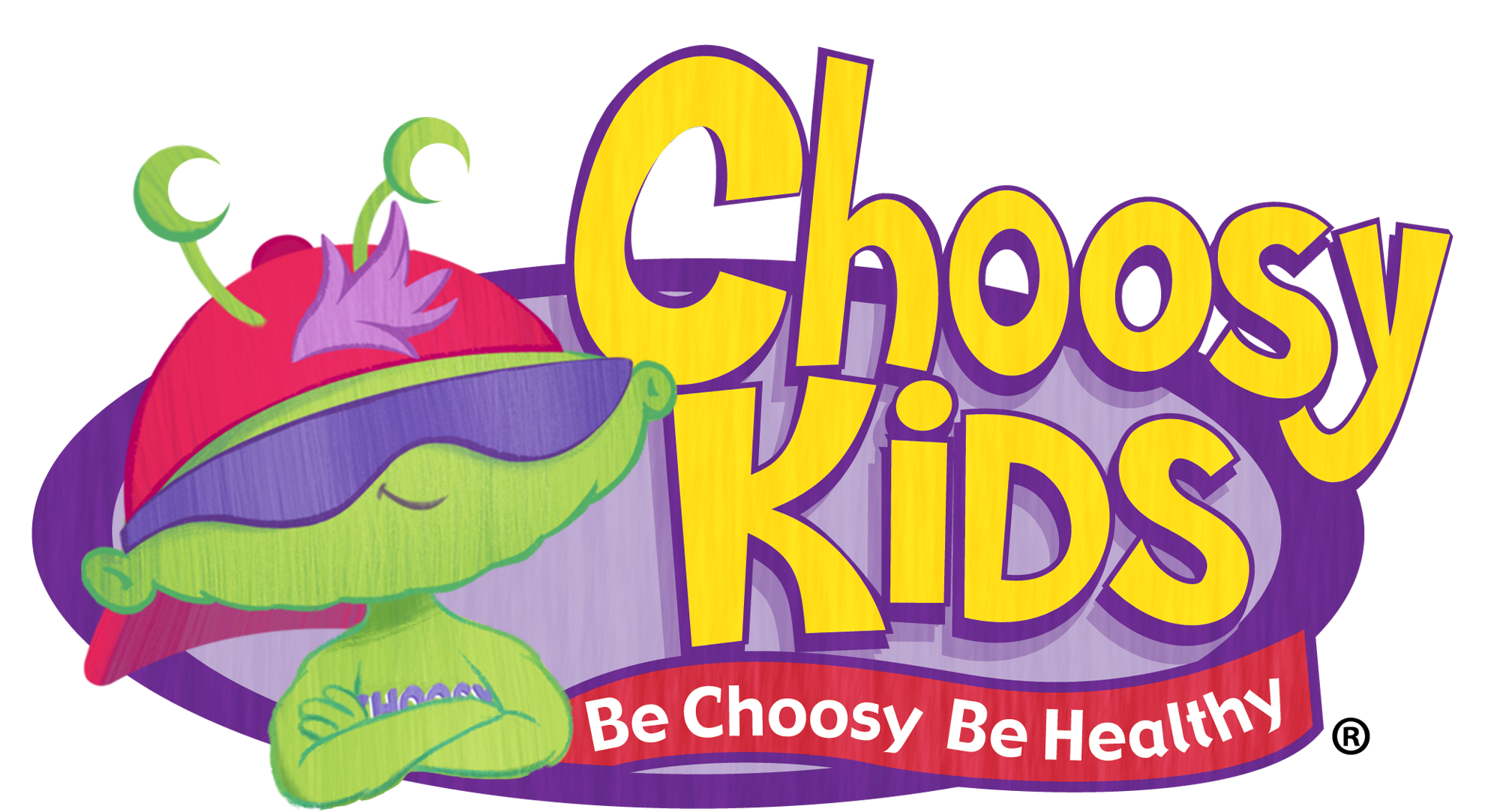


By Jenn Ripepi, MD, The Choosy Pediatrician
Halloween started as a way to remember friends and family who have passed away. All Hallows Eve is the day before All Saints Day in the Christian calendar. So how did it become so much associated with superhero and princess costumes? There are lots of sources for the history of the holiday (which was once a Holy Day) so I'm not really going to go into that aspect. What I'd like to talk about is some of the images which may be difficult for young children to handle.
Real Versus Scary
There are many who adults who like the thrill of a spooky movie or going through a "haunted" house. The surprise and anticipation is exciting and they get a real kick out of it. They know that it is all done for entertainment. The images produced may be very grotesque and horrific. But still the adult can rationalize the falseness of the spectacle.
Children, especially very young children cannot separate the pretend from the real. They see a frightening image and they become frightened, not amused. It may be difficult for them to remember that a grown-up told them it was pretend when it is so real right in front of them. These images are very abundant at this time of the year so we can't always avoid them.
So What Can We Do to Help Our Young Children Feel Safe?
First of all, avoidance where and when possible. TV ads for movies and shows which are frightening do tend to occur more during adult or older children's programming. Some movies have previews which may be likely to scare younger children. Areas of stores or entire stores may have some bizarre costumes or decorations that can make children afraid.
Secondly, focus on the calmer and more fun aspects of the season. Talking about pretending and dressing up can help children as they develop their sense of real versus imaginary. Talk about seasonal themes like the changing weather, colors, or harvest. Creating costumes at home or doing crafts which are more kid-friendly than kid-frightening keeps them busy and engaged away from the goriness of some decorations. Some people elect to have their own less scary parties for younger children to dress up, play games and also avoid the fright-provoking sights.

Handling a Scary Situation
If you do encounter something that frightens your child, try to counter with the reality if at all possible. Have a person remove a mask or if it is a display in a store, ask someone to show your child how it works. This helps children with separating the real from pretend. Let them draw a picture of what happened and then a picture of how they can make it less frightening for them. (Kind of like in Harry Potter when they learned the Riddikulus incantation against the Boggart!) If they have nightmares or voice their fright, continue to be supportive and remind them of calmer and more pleasant images. Over time the source of fright thoughts should diminish.
On the night or day of trick-or-treat in your community, talk about what you are seeing as costumed pretenders or decorations. Remind your child that other people are" dressed up" just like your child is "dressed up" to celebrate. Remind them that people celebrate in lots of different ways. Try to avoid forcing them to approach any person or house which they feel uncomfortable with. No piece of candy is worth that! Sometimes a child will be more content and feel safer at their own home distributing treats instead of going through the neighborhood. Another option is to find a community trick or treat event hosted by an organization or agency instead of going to homes.
You may also like...







